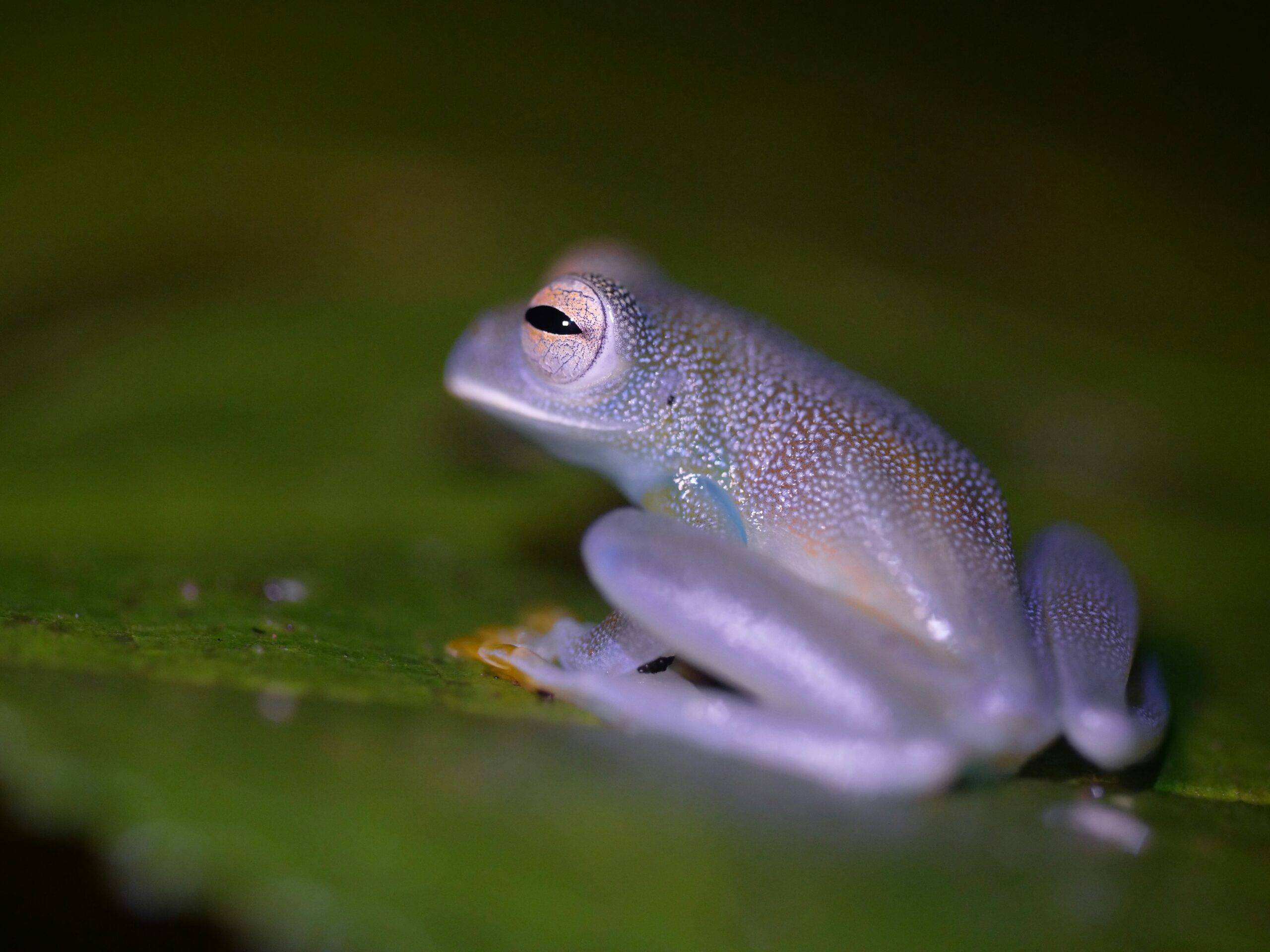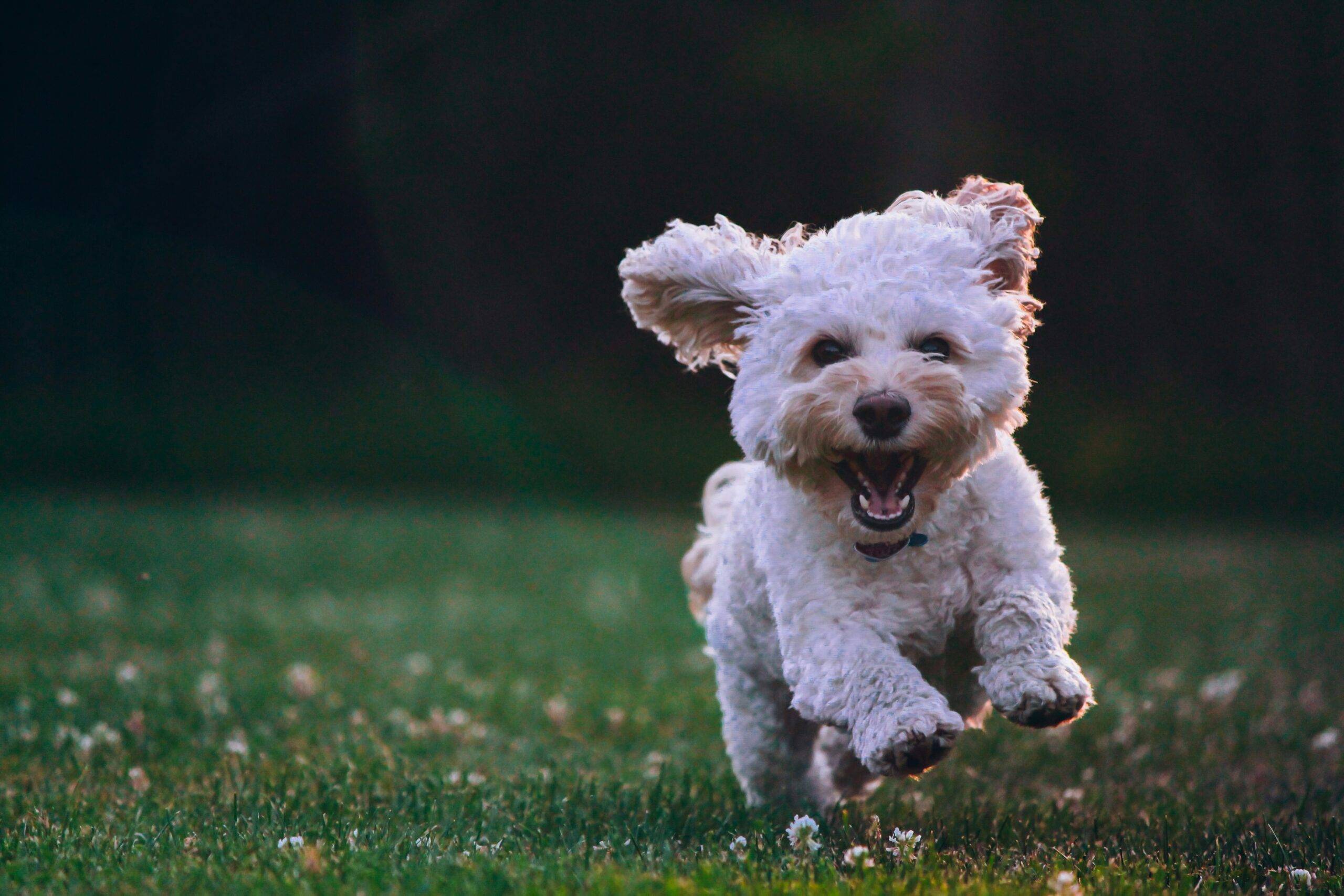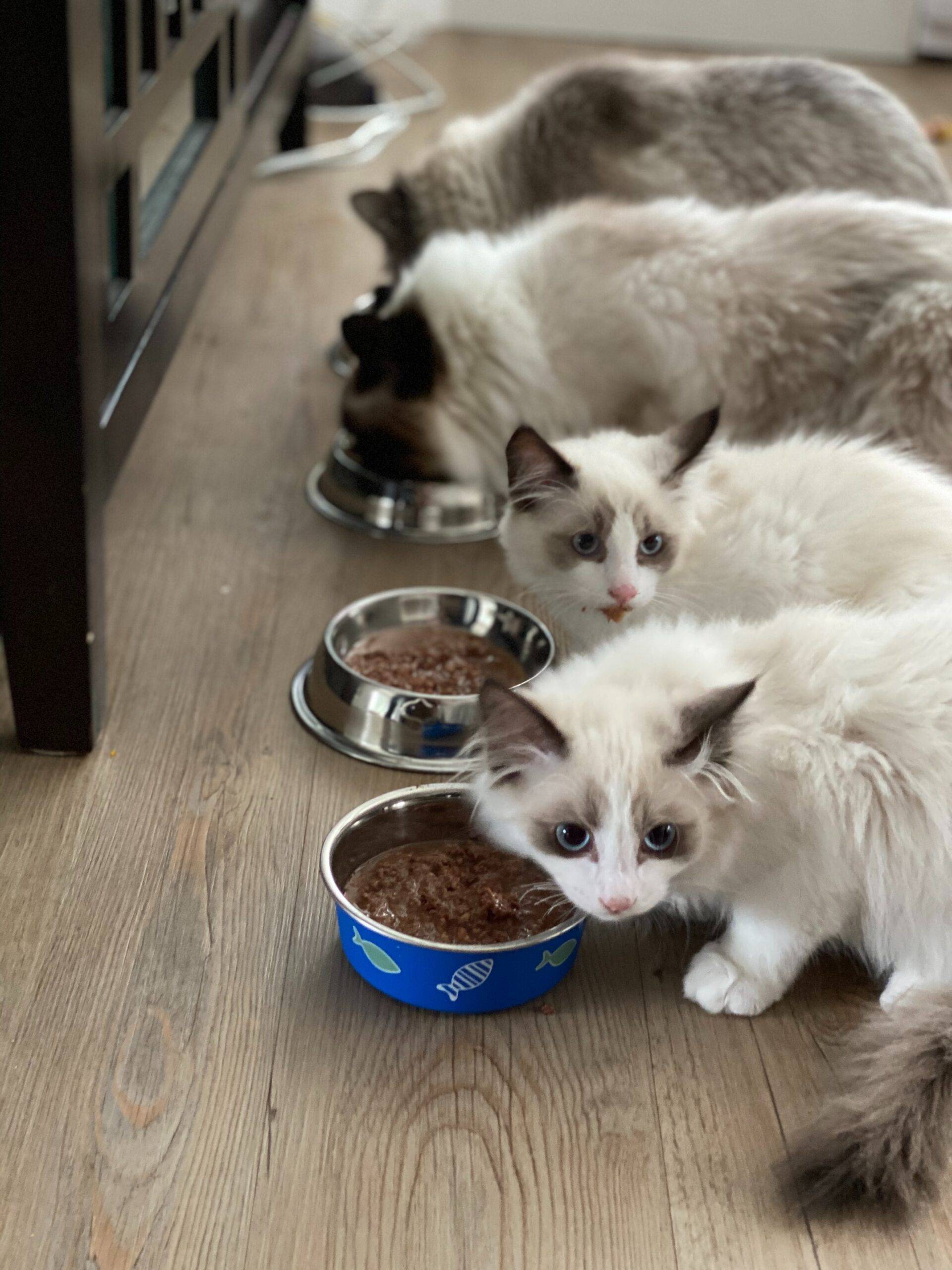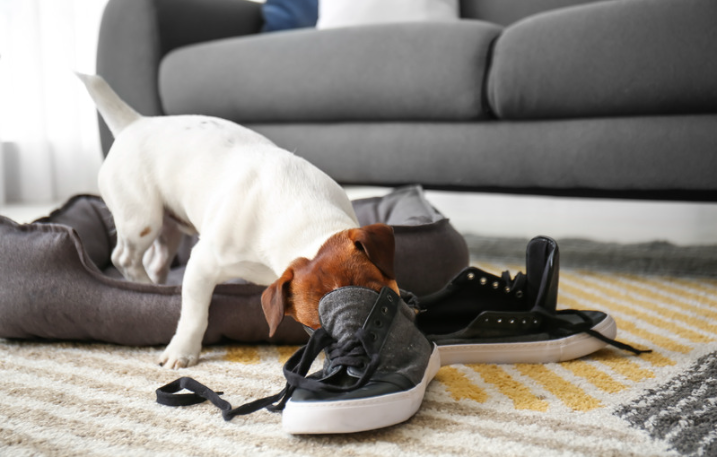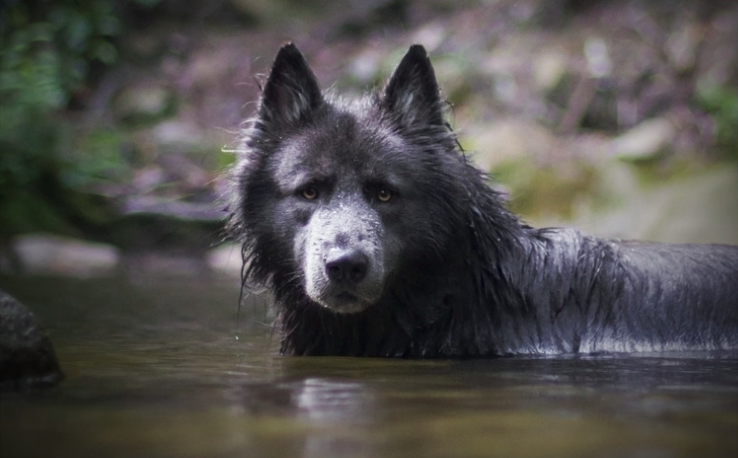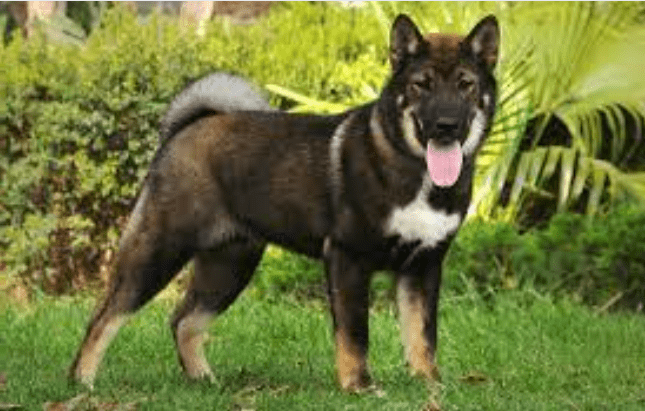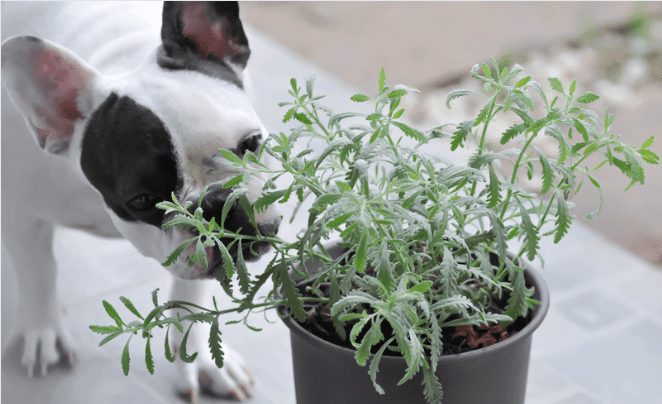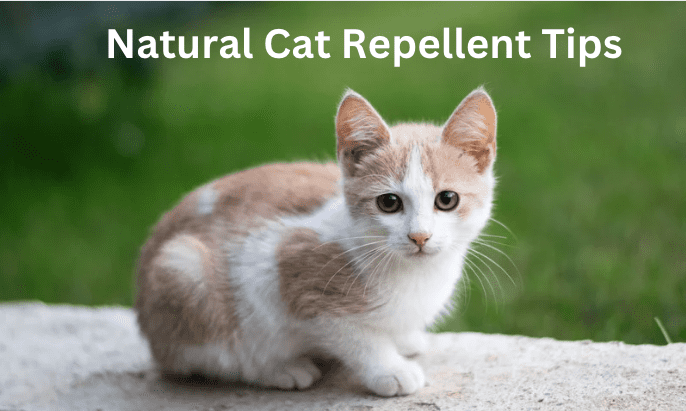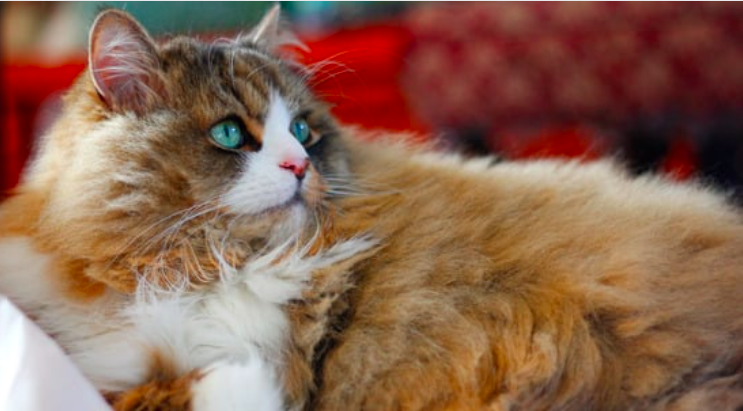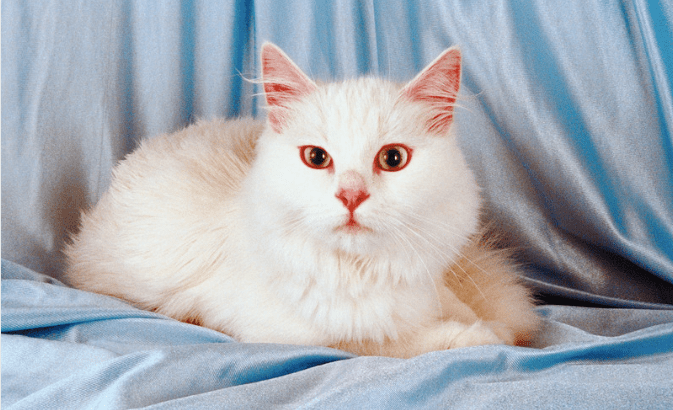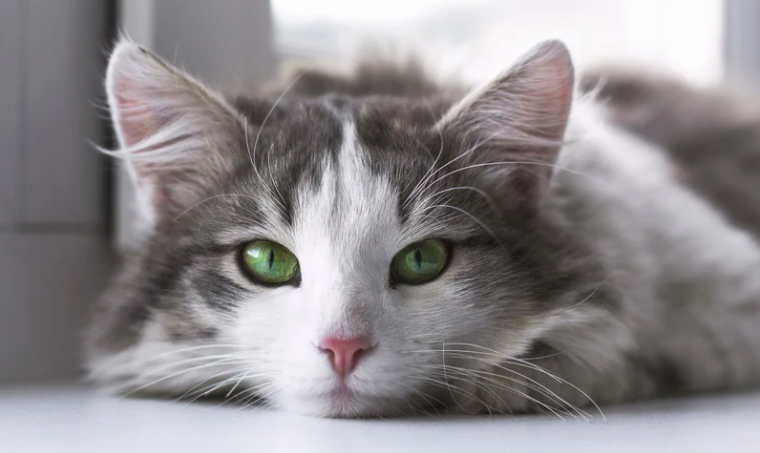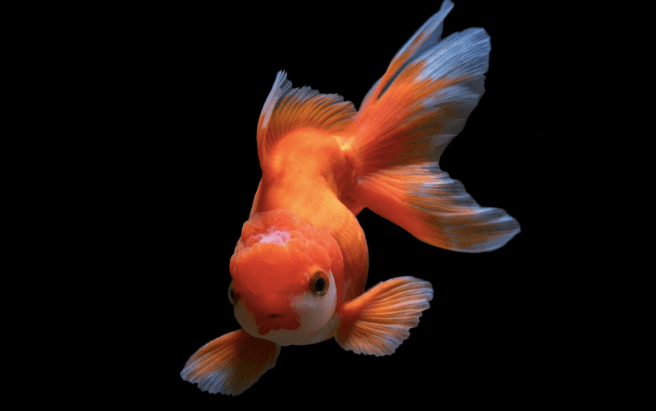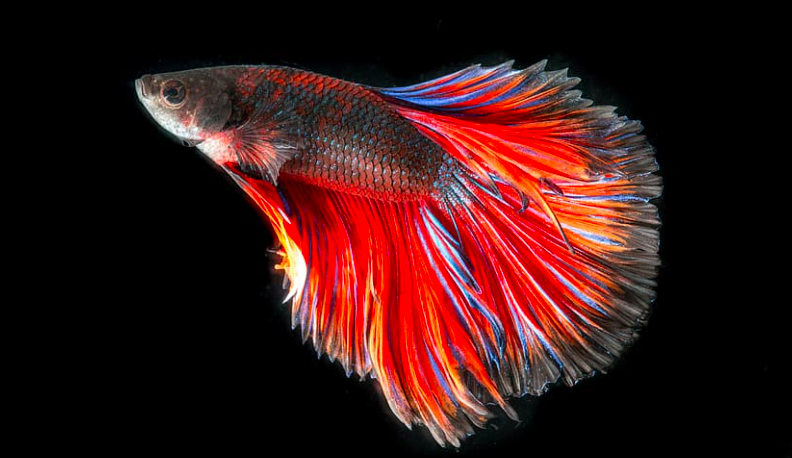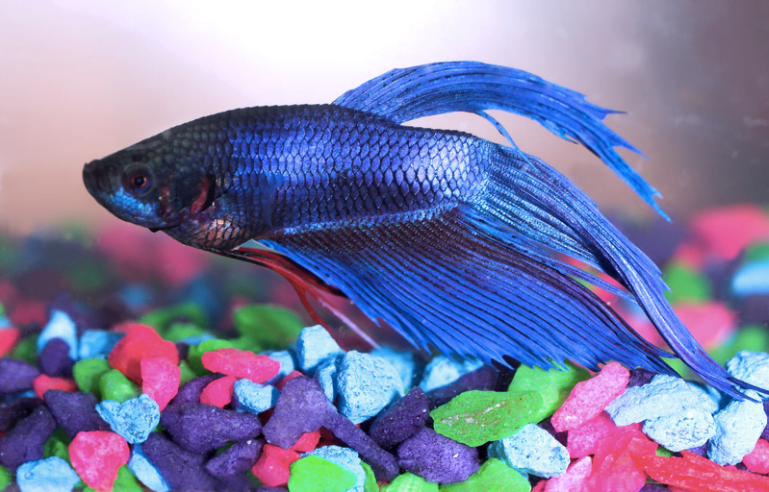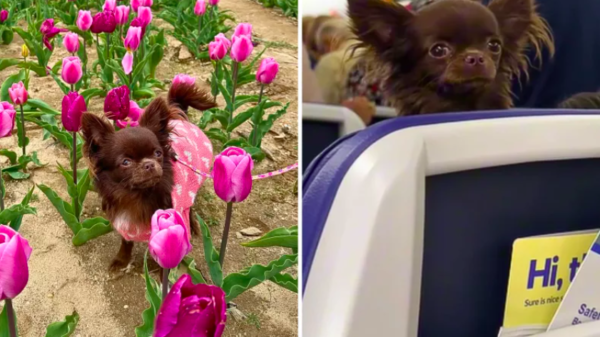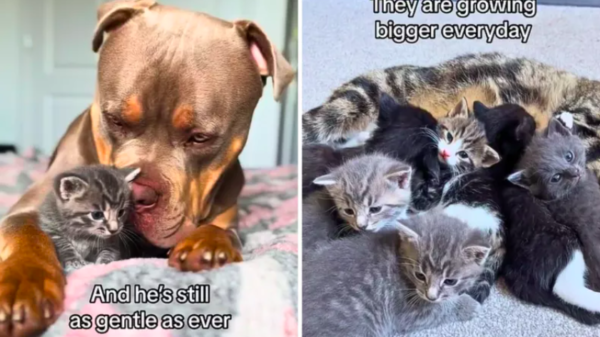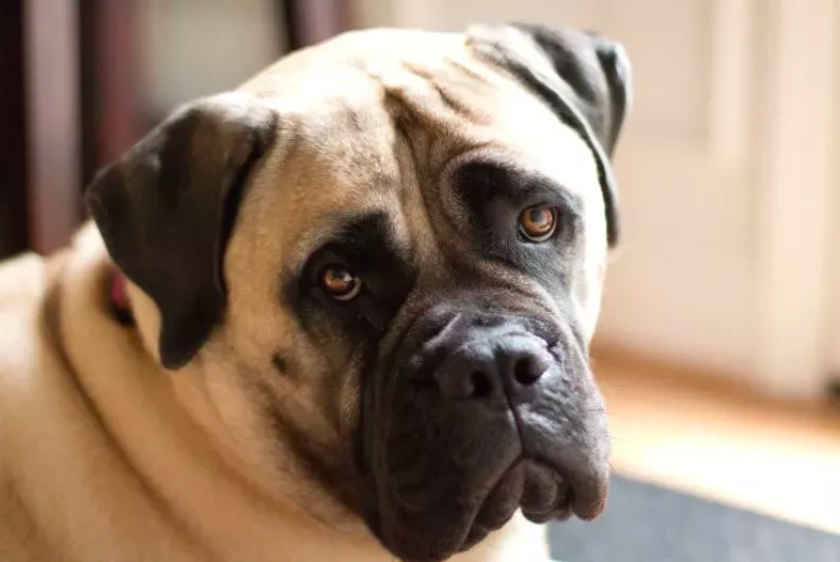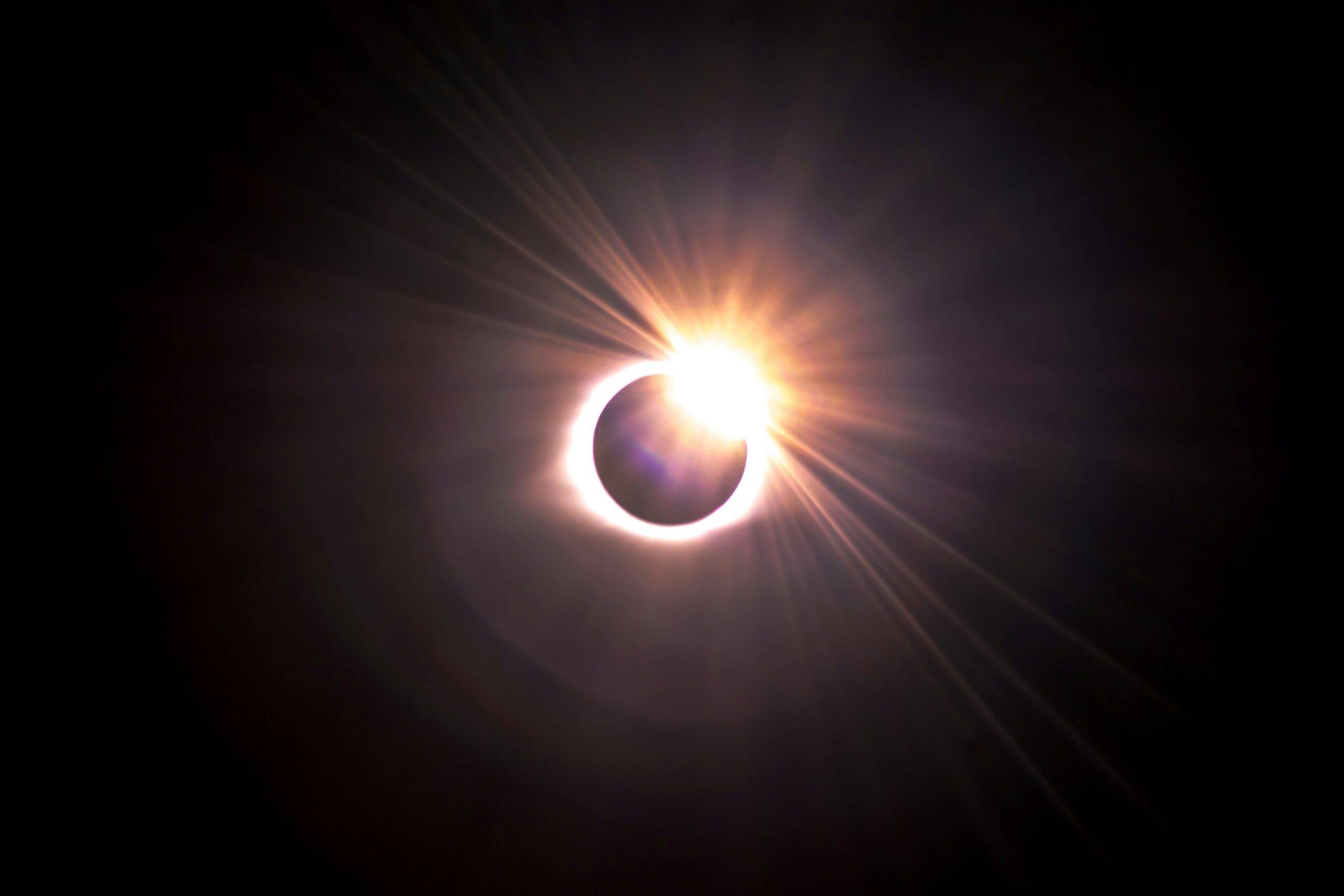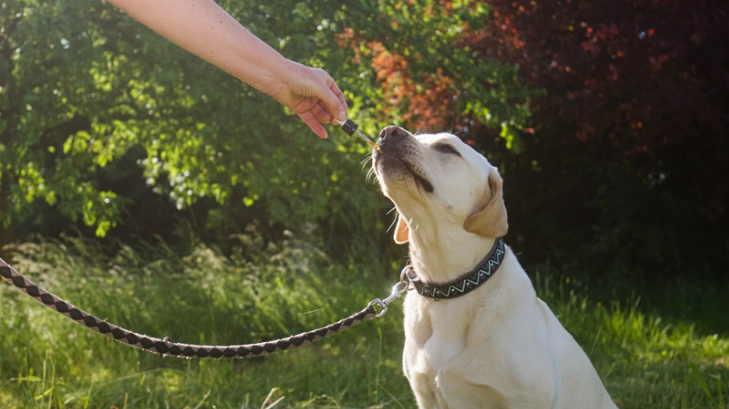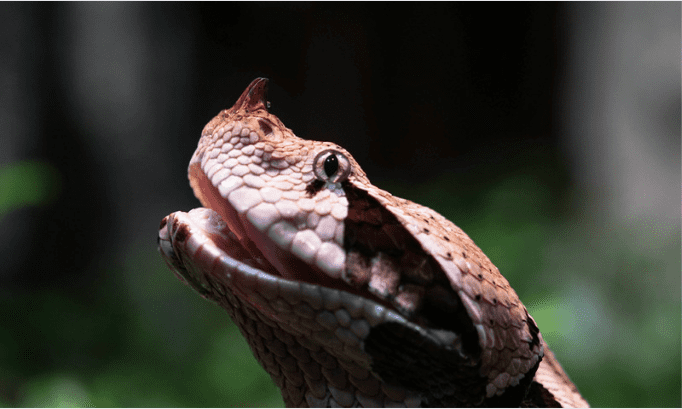Pekingese Dog Breed: Royal Elegance in a Small Package
As a favored companion in the imperial Chinese court, the Pekingese has a big ego. He’s affectionate and friendly, though. Pekes prefer adult company, but older children who respect him are welcome.
The Pekingese reminds me of Cartman from South Park: overweight, spoiled, selfish, and ill-tempered. To those who dismiss the Peke as a fribble, the last living symbol of a defunct empire, the Pekingese says, “Respect my authority!”
This dog thinks he’s bigger than he is. He’s self-confident. His watchdog nature and size make him suitable for any home, from an apartment to a palace.
If you want a dog with an iron paw, get a Pekingese. He’s affectionate but doesn’t need constant attention. Depending on the dog, he’s aloof or friendly toward strangers.
The 14-pound Pekingese will stroll through the park and play with toys indoors, but he’s a low-activity dog. Make sure he exercises daily, though. Let a Peke be a dog and resist the urge to carry him everywhere. His happiness and behavior will improve.
The Pekingese’s bold but humorous nature can make him a great family companion, but he may not be right for young children. Pekingese are small dogs that can be injured by rough play or frightened children.
Pekingese aren’t trainable. They’re stubborn and don’t see why they should follow arbitrary rules. Pekes are difficult to housetrain due to their imperial heritage.
Pekingese compete in agility, rally, and obedience. These sports can be a way to train a Peke who loves to show off, as most do. Therapy dogs with outgoing personalities are popular with hospital patients and nursing home residents.
Pekingese is not an easy-care coat dog. Show-ring fur clouds are the result of hours of grooming. Spend an hour a week brushing your pet’s long double coat.
Pekingese can be kept short, but that requires frequent grooming. Unattended coats tangle and mat, causing pain and skin infections. Keep the wrinkle above your nose dry to prevent infection.
The Pekingese, bred as a companion dog, must never live outside. The Pekingese’s flat face makes him sensitive to heat and prone to heatstroke if not kept cool. Peke snores. If you love the breed, the noise will fade.
Pekingese History: A Glimpse into Ancient Royalty
The history of the Pekingese breed is a captivating journey through the annals of Chinese imperial dynasties, a tale of nobility and reverence.

In this exploration of “Pekingese History,” we delve into the fascinating origins and royal connections of this breed.
The Imperial Beginnings
The Pekingese, often referred to as the “Lion Dog,” originated in ancient China over 2,000 years ago during the Han Dynasty. These diminutive canines were meticulously bred and revered as companions to Chinese royalty and nobility.
Treasured Companions of Emperors
The Pekingese were cherished pets of Chinese emperors, often residing within the Forbidden City in Beijing. They held a place of honor at the imperial courts, receiving the best of care and adoration.
Emperors and their families developed a deep bond with these dogs, treating them as esteemed members of the royal household. They were pampered with special diets, fine silk coats, and even carried in the sleeves of their owners’ robes.
The Legend of the Lion
The Pekingese breed is steeped in myth and legend, including the belief that they were created from the mating of a lion and a marmoset.
Their distinct appearance, with a regal mane-like ruff and dignified expression, perpetuated the belief that they carried the spirit of lions.
Symbol of Imperial Luck
Emperors believed that Pekingese dogs brought good fortune and warded off evil spirits. The dogs were even employed as “sleeve dogs” to rest on or near the emperor’s body, with the belief that they could absorb and repel negativity.
Preservation and Preservation
Despite the opulence of the imperial courts, Pekingese dogs faced turbulent times in China’s history. During the Opium Wars in the mid-19th century, British forces captured Peking and brought several of these dogs back to England.
This marked the beginning of their introduction to the Western world.
The Western World’s Fascination
In the West, Pekingese dogs quickly captivated the hearts of dog enthusiasts and royalty. Their unique appearance and rich history made them sought-after pets. The breed was officially recognized by the American Kennel Club in 1909.
A Breed of Distinction
Pekingese dogs have retained their regal bearing and historical significance throughout the ages. They stand as a testament to the enduring bond between humans and dogs, their journey from imperial palaces to modern homes, a testament to their enduring appeal.
In “Pekingese History,” we uncover the rich tapestry of a breed that has gracefully transcended time, preserving its connection to ancient royalty and offering companionship and devotion to generations of dog lovers.
Pekingese Personality And Temperament
The noble Pekingese may be both adorable and frustrating. Fitting for a dog of his regal proportions, he can be intransigent when it comes to getting his way. Seriously, who could blame him?

If you can’t have a palace and servants waiting on you, get treats and the best sofa spot. Pekes may be small, but they’re not pretty, dainty, or delicate.
This independent, regal dog is affectionate and fun-loving with his family. Depending on how Peke feels about strangers, he’ll be aloof or friendly. Pekes respect cats as fellow royals.
As long as they’re dominant, they’ll get along with other dogs. Pekingese are adaptable. When raised with kids from puppyhood, they’re very affectionate.
Pekes used to live with adults and may not like children unless they’re exposed to them early and often. Children must respect Peke.
Peke walks unhurriedly with a slight roll. He’ll enjoy a daily stroll through his neighborhood. He has more stamina than you think if he’s well-conditioned and not overweight.
Don’t treat him like fragile china; he’s capable of much more. Ask agility, obedience, and rally-competing Pekes. Pekingese make great therapy dogs.
Firmly and kindly train Pekingese. Praise and treats will win. Make training fun, and Peke’s abilities and willingness to learn will surprise you. Persuade the Peke to want to train.
The perfect Pekingese isn’t bred. Any dog, no matter how nice, can become obnoxious if bored, untrained, or unsupervised. During adolescence, any dog can be difficult.
Start training your puppy right away. He can learn at 10 to 12 weeks old. If you wait until he’s 6 months old to train him, he’ll be more stubborn.
A young Peke will test you to see what he can get away with. If possible, enroll him in puppy kindergarten by 10 to 12 weeks old to socialize.
Many puppy training classes require certain vaccines (like kennel cough) to be up to date, and many veterinarians recommend limiting exposure to other dogs and public places until puppy vaccines (rabies, distemper, parvovirus) are completed.
You can train your puppy at home and socialize him with family and friends until he’s fully vaccinated. Ask the breeder for help selecting a puppy by describing what you want.
Once they know your lifestyle and personality, breeders can make uncannily accurate puppy recommendations. Look for a Pekingese with friendly parents and early socialization.
Pekingese Health (Sickness) Information
Pekingese dogs are charming and affectionate companions, but like all breeds, they can be susceptible to certain health issues.
Understanding these concerns and knowing how to care for your Pekingese’s health is crucial to ensuring a happy and fulfilling life for your furry friend.
- Brachycephalic Syndrome: Pekingese, with their flat faces and shortened airways, are prone to brachycephalic syndrome. This condition can cause breathing difficulties, especially in hot and humid weather. Keep your Pekingese cool and avoid vigorous exercise in extreme conditions.
- Respiratory Problems: Due to their facial structure, Pekingese dogs may experience respiratory problems. Watch for signs of labored breathing, coughing, or snoring, which could indicate issues with their airways.
- Eye Issues: Pekingese have large, prominent eyes that are more susceptible to injury and infection. Keep their eyes clean and watch for symptoms of eye problems, such as redness, discharge, or excessive tearing.
- Dental Health: Dental issues are common in Pekingese dogs. Their small mouths can lead to overcrowding and dental disease. Regular teeth cleaning and dental check-ups are essential for maintaining good oral health.
- Joint Problems: Pekingese can develop joint issues, including patellar luxation, where the knee cap dislocates. Be attentive to any signs of limping or discomfort, as early intervention can help manage these conditions.
- Skin Allergies: Pekingese dogs are prone to skin allergies, which can cause itching, rashes, and discomfort. Maintaining a clean coat and addressing allergies promptly can help alleviate these issues.
- Obesity: Due to their small size, Pekingese are at risk of obesity. Ensure they have a balanced diet and engage in regular exercise to keep their weight in check.
- Heat Sensitivity: Pekingese are sensitive to heat and can easily overheat, leading to heatstroke. Be cautious in hot weather and provide a cool, shaded place for your dog to rest.
- Heart Conditions: Pekingese dogs may be predisposed to heart conditions, so regular vet check-ups are essential to monitor their cardiovascular health.
Remember that while these are common health concerns in Pekingese dogs, individual dogs may have different needs and susceptibilities.
Regular veterinary care and a keen eye for changes in your pet’s behavior and health can make a significant difference in their overall well-being.
Size
The Pekingese weighs a significant amount relative to its size and has a stocky, muscular build.
He stands between 6 and 9 inches tall when measured at the shoulders and weighs between 7 and 14 pounds.
Pekingese that weighed less than six pounds were referred to as “sleeve dogs” in imperial China and rode in the sleeve cuffs of the robes worn by members of the imperial court. These Pekingese were dubbed “sleeve dogs.”
Care
Pekingese is a breed of dog that does well as apartment dogs, but they are also perfectly content living in a mansion.
They enjoy running around and playing, but you should keep them contained in a fenced-in area because they like to investigate their surroundings and might get lost.
Pekingese are happy to accompany their owners on strolls across the neighborhood and make for entertaining companions on these excursions. They are going to run around the house, especially if there is another Peke or another dog there.
Pekingese are house dogs and should not be allowed to live outside, despite the substantial coat that they have. Because of their short nostrils, which make them sensitive to heat, they require a habitat that is air-conditioned to survive.
Pekes are known to be defiant and can be challenging to train. They won’t respond in any way, shape, or form to severe training methods or corrections.
Reward them whenever they accomplish anything that makes you happy and use your imagination to convince them that what you want them to do was their idea and would be beneficial to them in the long run.
Feeding
The recommended daily intake is a half cup to one cup of premium dry food per day, to be served in two separate meals.
Take into consideration that the amount of food that your adult dog needs vary on his age, size, structure, metabolism, and how active he is. Because each dog is an individual, just like each person, their dietary requirements are not all going to be the same.
It should go without saying that a dog with a high activity level will require more than a dog whose primary activity is lounging around the house. The quality of the dog food that you purchase is another factor that plays a role.
The higher the quality of the dog food, the further it will go toward nourishing your dog, and the less of it you will need to shake into the bowl that your dog eats from.
The Pekingese breed is intended to have a stocky, muscular build that makes them feel heavy when picked up, but they shouldn’t be overweight.
Instead of leaving food out for your Pekingese all the time, you should measure his food and feed him twice a day so that he remains in good physical condition.
Give him the hands-on test to see if you can determine whether or not he is overweight. Put your hands on his back with your thumbs running up his spine and your fingers splayed out in front of you.
Without exerting too much force, you should be able to feel his ribs but not be able to see them. If you can’t help him, he needs to have less candy and more physical activity.
See our recommendations for buying the appropriate food, feeding your puppy, and feeding your adult dog for additional information on how to feed your Peke.
Pekingese Coat Color And Grooming
The Pekingese has a long, coarse, and straight coat that stands away from the body like a fluffy halo. This coat gives the dog its name.
A substantial and pliable undercoat can be found beneath the topcoat. The Pekingese is sometimes referred to as a lion dog because he has a prominent mane on his neck and shoulders, while the coat on the rest of his body is somewhat shorter.
This trait lends credence to the lion dog moniker. Even while it should be long and abundant, the coat shouldn’t be so dense that it hides the contours of the body.
The feathering on the backs of the legs and the toes is quite long, but the feathering on the ears and tail are noticeably longer.
The Peke’s coat can be any color or have any markings, including black and tan, fawn or red brindle, and particolor, which is white with another color mixed in. Other possible coat colors and markings include black, tan, fawn, or red brindle.
There is a possibility that he is wearing a dark mask. Pekingese which has a solid white coat was highly regarded by the Chinese and continue to be popular even today.
The exposed skin of the muzzle, nose, lips, and eye rims is always black, regardless of the color of the coat.
You should brush your Peke’s coat once a week using either a small bristle brush, a curry brush, or a shedding comb, even if you don’t plan on showing him.
Before brushing the coat, spritz it with a gentle mist of water to prevent the hair from becoming brittle. You won’t be able to remove the dead hair that creates mats and tangles if you only brush the top layer of the coat; brush down to the skin.
While you brush each part of the body, continue to spray the hair with the mist. Comb the feathering and fringing on the legs, ears, and tail using a metal comb. Comb over these regions frequently because they tend to become tangled easily.
To prevent issues with the skin folds in the area, it is important to clean the face and the area around the eyes with a cotton ball dipped in water every day.
It is important to keep skin folds clean and dry to avoid infections. If your Peke ever gets wet, make sure to properly dry the skin folds until there is no trace of moisture left.
If necessary, you should bathe your Pekingese once or twice every month. If you don’t want his coat to get dry, use a shampoo designed for canines. You may also use a dry shampoo on the dog and then brush it out after applying it.
It is a good idea to keep the hair on the feet trimmed to avoid mats from forming and to keep foreign things from becoming entangled there.
Regular filing of the nails, typically once every two or three weeks is recommended. It is a sign that they are excessively lengthy if you can hear them clicking on the floor.
Dental illness is a common issue in tiny dogs, so if you can get your Peke puppy used to have his teeth washed at least once a week (daily is ideal), you can help him from developing the condition later in life.
Children And Other Pets
It is not a good idea for families with young children to own a Pekingese since the children may unintentionally mistreat the dog.
The Peke will not put up with being poked or grabbed, and he will not hesitate to protect himself if necessary. Constantly teach children how to approach and touch dogs, and always supervise any interactions between dogs and small children to prevent any biting, ear or tail tugging on the part of either party.
Children should never be allowed to approach or touch a dog without adult supervision. Teach your child that they should never approach a dog when he is resting or eating and that they should never attempt to steal the dog’s food away from him.
Under no circumstances should a youngster be left unattended with a dog.
Pekingese are most content when they are in the company of other Pekingese, but with proper early socialization, they may learn to get along with other dogs (and cats), and they may even prove to be dominant over dogs that are 20 times their size.
Questions People Also Ask: (FAQs)
Should You Get A Pekingese As A Pet?
Pekingese dogs are known for their undying devotion and adoration.
These dogs, originally developed as companions for Chinese nobility, form strong attachments to their human caretakers and make excellent pets. They do best in nurturing environments where they can avoid rough play.
How Often Do Pekingese Dogs Bark?
Pekingese are notoriously noisy dogs. It can be challenging to housetrain this breed. Pekingese are usually only good companions for one person. These animals have a hard time dealing with hot temperatures because of their thick coats and short noses.
What Is Pekingese Mixed With?
An offspring of a Pug and a Pekingese, Pugineses are a hybrid dog breed. All the best qualities of their parents were passed on to their offspring, and the puppies are affectionate, sensitive, and independent. Pekeapug and Pugapeke are two of the many names for Puginese dogs.
Can We Just Leave The Pekingese Alone?
Your Pekingese, who was bred to be a companion, may suffer from separation anxiety if you leave him or her alone for too long at home.
A Pekingese that is left alone may develop behavioral issues, including as excessive barking, housebreaking, and destructive chewing. When you have to leave your Pekingese alone, crate training is a good idea.
Do Pekingese Require A Lot Of Care?
To be expected, they require a lot of upkeep.
The coat of a Peke is considered to be “high maintenance,” hence it needs to be brushed frequently. Due to their strong will and lack of dependence, they usually need to be trained to cooperate.
Pekingese are prone to hereditary disorders, as are many dogs that have been selectively bred for hundreds of years.
What Is The Lifespan Of Pekingese
The Pekingese has a lifespan of about 13–15 years and is prone to several minor health issues, including an extended soft palate, patellar luxation, stenotic nares, Keratoconjunctivitis Sicca (KCS), trichiasis, corneal abrasions, disticiasis, and skin fold dermatitis.
What Causes A Terrible Odor Of My Pekingese?
Due to the constant moisture present in the creases of skin along the lower jaw, your Pekingese is at risk for a skin illness known as lip-fold pyoderma.
It’s easy for bacteria and yeast to get a foothold and spread, leading to an inflamed, stinky spot that’s unpleasant for your dog.
Are Pekingese Water Swimming Dogs?
Their tiny legs make swimming a bit of a chore for these pups. Many Pekingese dogs, however, find swimming to be a fun activity. Most of these canines are eager to visit a nearby beach or pool for some aquatic fun.
Are There Any Different Types Of Pekingese?
Pekingese are split between the sleeve variety and the tiny variety. The ancient Chinese emperors were supposed to have carried their Pekingese dogs in the sleeve of their robes, hence the dog breed’s name.
Can I Feed My Pekingese Meat?
In general, a Pekingese should eat a diet high in animal protein. Meat should always be the primary item in any diet, whether store-bought or prepared at home.
Animal products such as chicken, fish, lamb, bison, and organ meats, along with some eggs, should make up the majority of your pet’s diet.
Can A Pekingese Be A Good First Dog?
The Pekingese is an excellent choice for first-time dog owners due to its high intelligence and manageability. Pekingese dogs were originally bred to serve as companions to China’s imperial family, but they’ve since proven to be wonderful additions to any family.
How Frequently Must My Pekingese Be Bathed?
Bathing. Pekingese require regular washing and should be bathed roughly once a month, which is more frequent than other heavy-coated dogs.
Take special care when washing and drying the skin around your eyes and other facial wrinkles to avoid getting an infection or feeling uncomfortable.
Just How Much Do Pekingese Puppies Often Go For?
How Much Do Pekingese Puppies Cost? It’s not uncommon to see a Pekingese walking with an elderly person or a member of a family.
As a result, their cost varies greatly; the specifics of the pedigree, the breeder’s reputation, and your budget will determine how much you may anticipate spending.
Do Pekingese Get Along With Felines?
The Pekingese is a house pet. The Pekingese’s natural inclination is to take charge. The Pekingese can’t stand extreme temperatures, either hot or cold. Pekingese dogs are cat-friendly.
Is it OK To Give Pekingese Chocolate?
Canine consumption of chocolate is strictly forbidden. You can’t just chalk this up to urban mythology. Methylxanthines, which are found in chocolate, are stimulants that have the opposite effect in dogs. Dark chocolate, even in little amounts, is known to trigger stomach upset and nausea in some people.
Can We Say That The Pekingese Has A Strong Drive To Hunt?
They may tolerate dogs and cats with whom they have been raised, but should never be left unattended when around any animal. Due to their high prey drive, this breed is not suitable for households with rodents or birds.
We appreciate you for taking the time to read!
Finally, we hope you found this article interesting? And what do you think about ”Pekingese Dog Breed: Royal Elegance in a Small Package!?”
Please you should feel free to share or inform your friends about this article and this site, thanks!
And let us know if you observe something that isn’t quite right.


